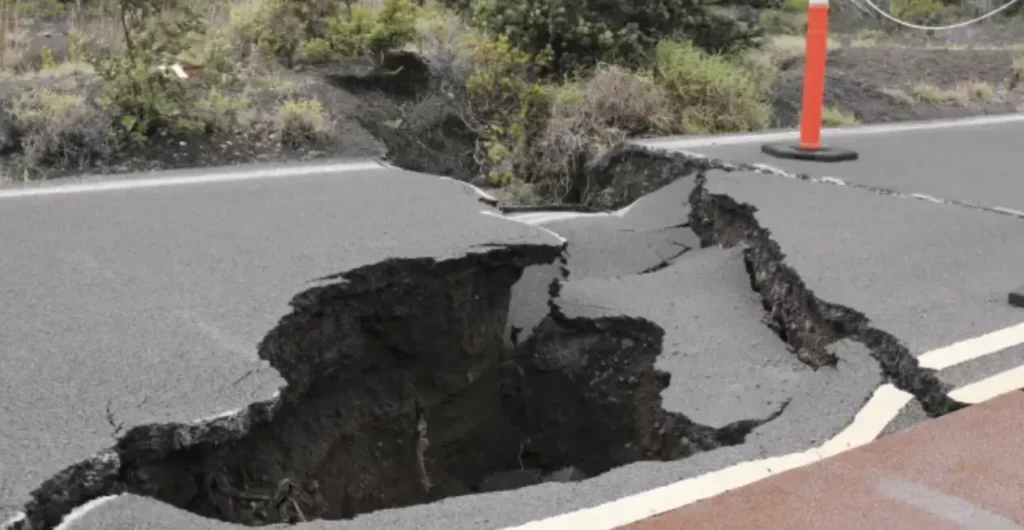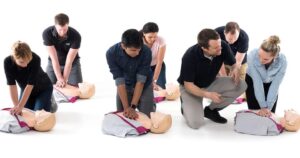
In earthquake-prone areas like California, the role of a safety manager is crucial. Safety managers are responsible for developing and implementing safety protocols that can protect both the workforce and the organizational infrastructure. This post, brought to you by Reliance Safety Consultants, is a comprehensive guide to formulating and maintaining an effective earthquake preparedness plan, ensuring a secure working environment and minimizing potential risks.
Consideration 1: Developing a Robust Emergency Response Plan
Risk Assessment: Evaluate the potential risks, such as structural vulnerabilities, in your business premises and formulate strategies to address them.
Training and Drills: Regular training and drills for employees are vital to ensure quick and effective evacuation during earthquakes.
Emergency Kits: Ensure the availability of essential supplies, such as water, food, first-aid kits, flashlights, and batteries, to support employees during a crisis.
Consideration 2: Structural and Non-Structural Mitigation
Building Integrity: Prioritize seismic retrofitting for older buildings and ensure new constructions comply with the latest earthquake-resistant building codes.
Secure Assets: Anchor heavy furniture, equipment, and appliances to prevent movement and potential damage during an earthquake.
Data Protection: Implement comprehensive data backup and recovery solutions to prevent loss of critical business information.
Consideration 3: Business Continuity Planning
Supply Chain Management: Develop relationships with multiple suppliers and diversify sourcing to mitigate disruptions in the supply chain.
Communication Protocols: Establish clear and efficient communication channels to ensure seamless coordination between management, employees, and emergency services.
Insurance Coverage: Review and optimize your insurance policies to ensure adequate coverage against earthquake-related damages and business interruptions.
Consideration 4: Employee Safety and Well-being
Awareness and Education: Encourage employees to stay informed about earthquake preparedness and safety measures through workshops and training sessions.
Mental Health Support: Provide support and counseling services to help employees cope with the stress and anxiety associated with earthquakes.
Flexible Work Arrangements: Consider offering remote work options or flexible schedules to ensure employees’ safety and well-being during seismic activities.
Consideration 5: Community Engagement and Collaboration
Partnerships with Local Authorities: Foster relationships with local government bodies, emergency responders, and community organizations for coordinated response efforts.
Community Awareness Programs: Conduct workshops, seminars, and awareness campaigns to educate the community on earthquake preparedness and safety.
Volunteer Initiatives: Encourage employees to participate in community volunteer programs aimed at assisting those affected by earthquakes.
Conclusion:
Safety managers play a pivotal role in creating and maintaining a secure and resilient organizational environment, especially in regions prone to earthquakes like California. By adopting robust seismic safety strategies, safety managers can ensure the well-being of employees, the continuity of business operations, and the preservation of organizational assets.
To this end, Reliance Safety Consultants is proud to introduce an online course: Earthquake Preparedness and Response. Designed with the unique challenges of California in mind, this course offers insights, strategies, and actionable plans for safety managers.
Limited Time Offer: As a commitment to fostering a safer California, we’re offering this essential course at a promotional price of only $9.99.
Remember, when the earth shakes, the difference between chaos and calm could be your preparation. Equip yourself with the knowledge to lead confidently and decisively.


